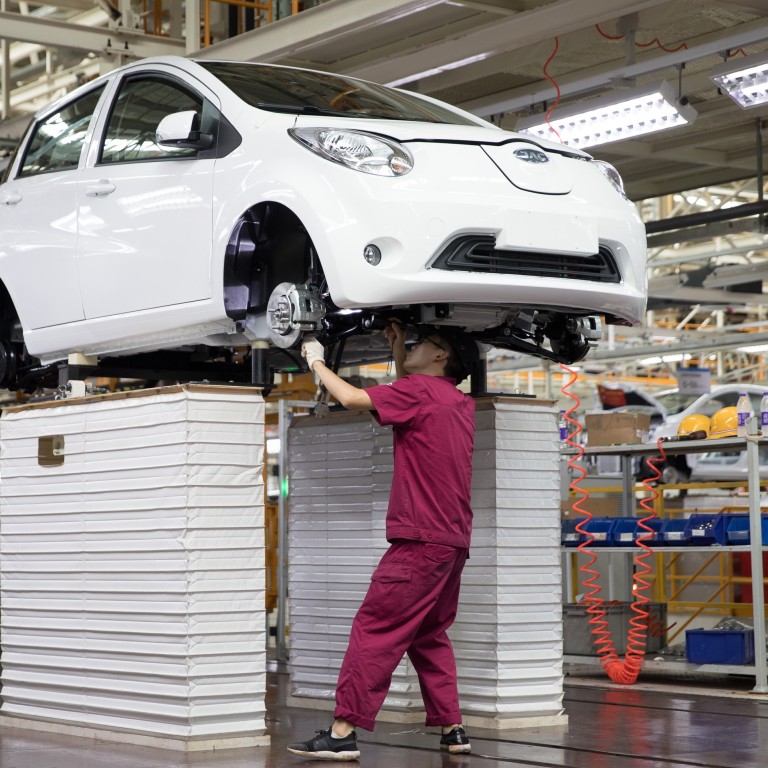
‘Made in China 2025’ is not unique, as US hawks insist, except in its effectiveness
- David Dodwell says China should not be demonised for implementing an industrial policy, especially one that invests billions in technology, such as clean energy and electric vehicles, that could benefit the planet
Before you set out to demonise an opponent, you must first create a straw man – a crude stereotype with enough snippets of truth to make the unreasonableness of the opponent seem plausible.
As with any straw man, there are threads of truth here. But the complaints are not as clear cut as the stereotype suggests, nor are China’s transgressions unique. Every economy – including the US’ – has large numbers of local companies with “special” influence on government decision-making, preferential access to huge procurement business and privileged control of local monopolies or oligopolies.
Industrial espionage and IP theft are as old as the hills, and China’s transgressions are only visible because of the many in the West who are well-coached in the craft. These are an ugly and widespread reality rather than sins committed only by China.
This does not mean that Beijing’s extensive use of subsidies is fully justifiable. I’m sure Chinese officials are just as able to waste taxpayer money as any other team of bureaucrats. But the policy is not distinctive in the way many US officials claim.
The list of 10 key hi-tech manufacturing sectors, in which state-owned enterprises and leading “private” companies have been urged to become more self-reliant and set minimum market share targets of between 60 and 90 per cent, shows great sense in the priorities set. There has been significant progress in how they have been implemented.

Total numbers of electric vehicles on the road are still small in global terms – about 668,000 in 2017 out of a world total of 82 million cars sold, according to automotive intelligence group JATO Dynamics. But Beijing targets 2 million electric vehicles by 2020, with numbers almost doubling annually after that. While others talk, this subsidy policy has already begun to make a difference in terms of street-level pollution, and global carbon-dioxide emissions.
Contradicting the straw man mythology, subsidies have not been reserved for a small number of state-owned enterprises, nor only for Chinese companies. There are today over 100 electric vehicle manufacturers competing fiercely across the mainland, 30 alone making electric buses.
Rather than relying on state-owned monoliths, Beijing has consciously spawned competition across the sector, expecting significant consolidation over the coming decade. Requirements to qualify for subsidies are being progressively tightened. Subsidies for lithium-ion batteries are expected to be phased out by 2020 and for hydrogen fuel cells by 2025.
Trump’s trade team claims China’s distinct model constitutes an existential challenge to the liberal market economy built over the past century. What I see from here in Hong Kong is much more tooth-and-claw competition than Trump’s men admit, and an industrial policy that is different only because it is being effectively implemented. Forget the straw man, and there is something to learn from that.
David Dodwell researches and writes about global, regional and Hong Kong challenges from a Hong Kong point of view


